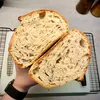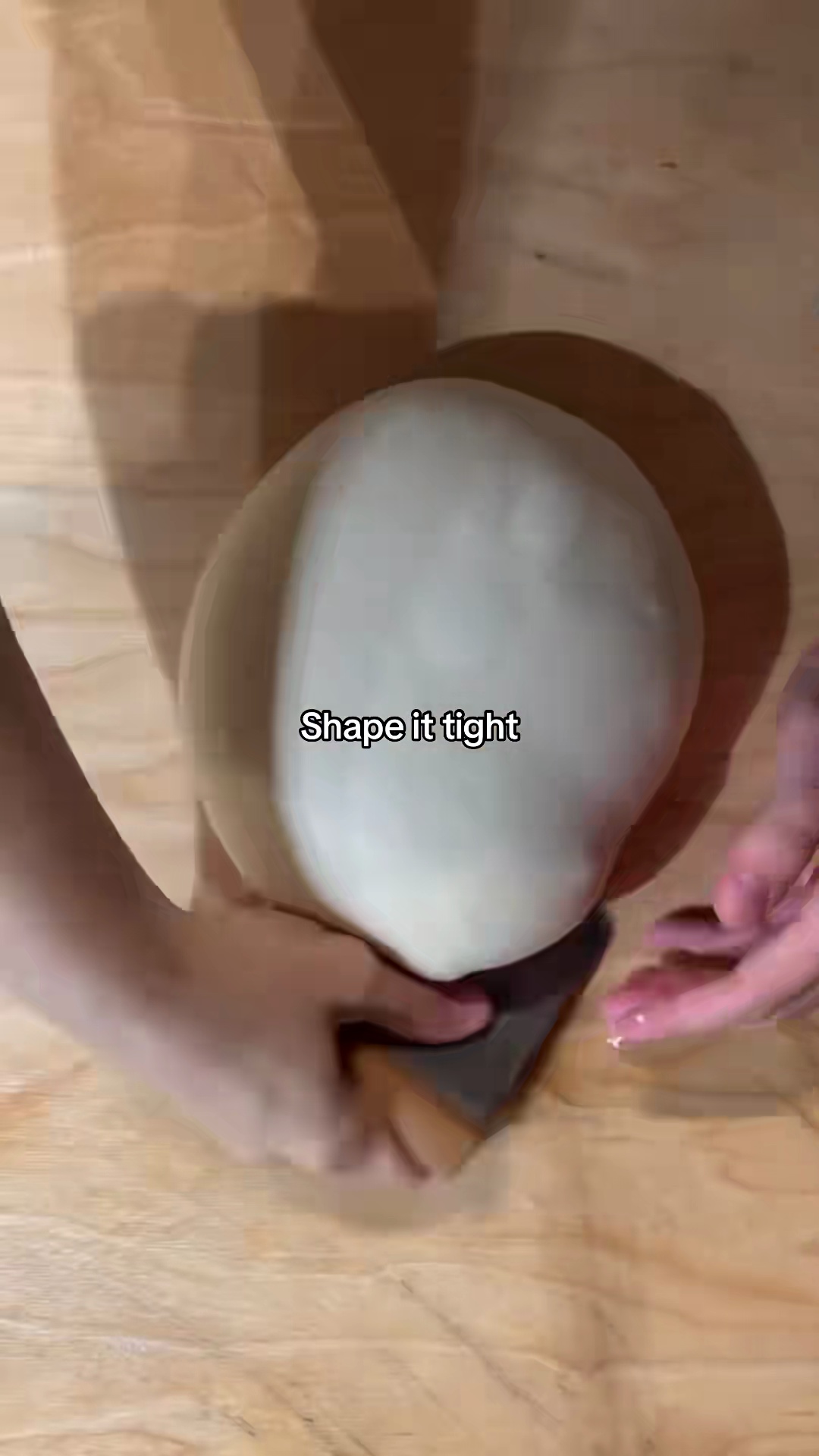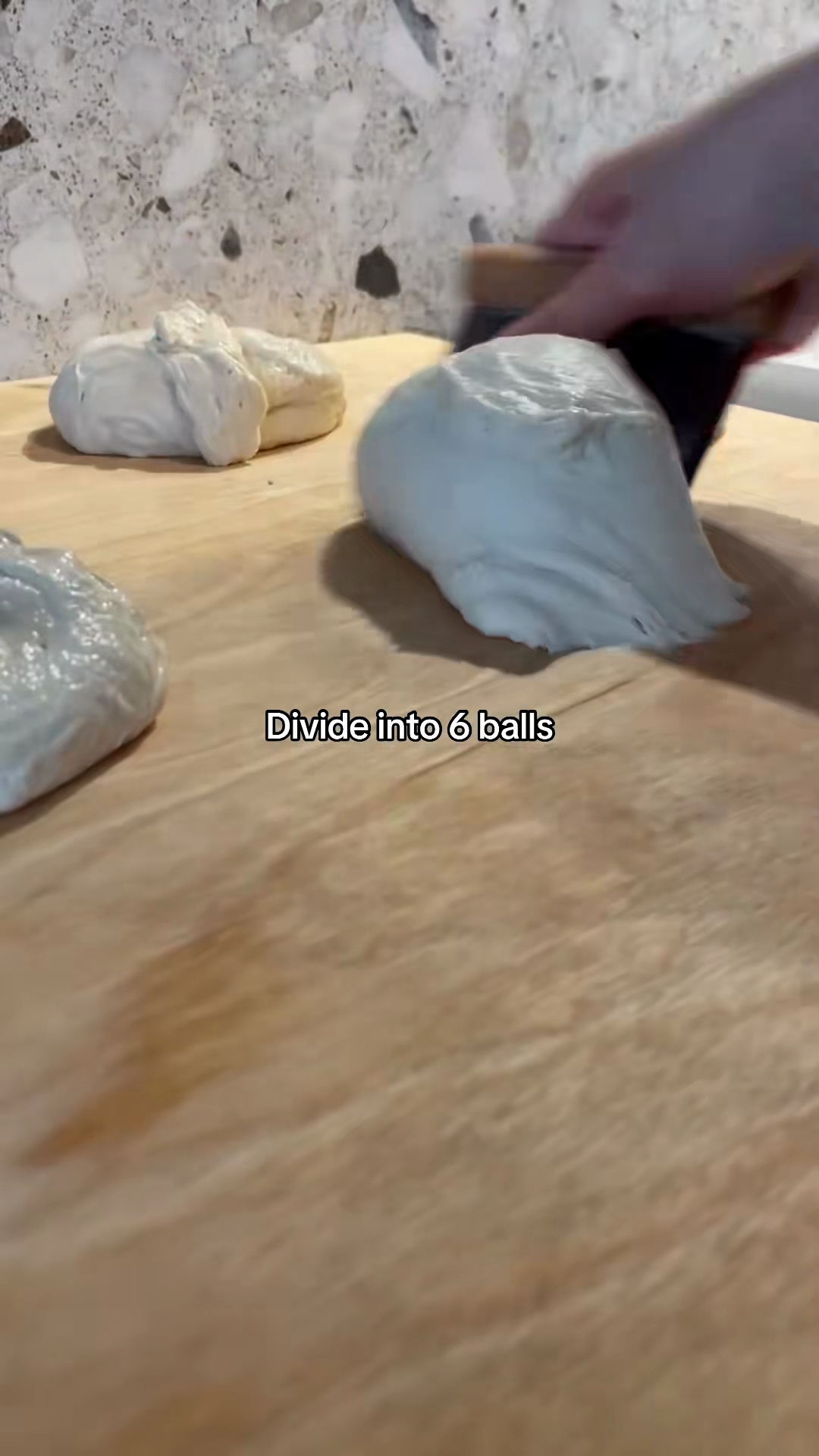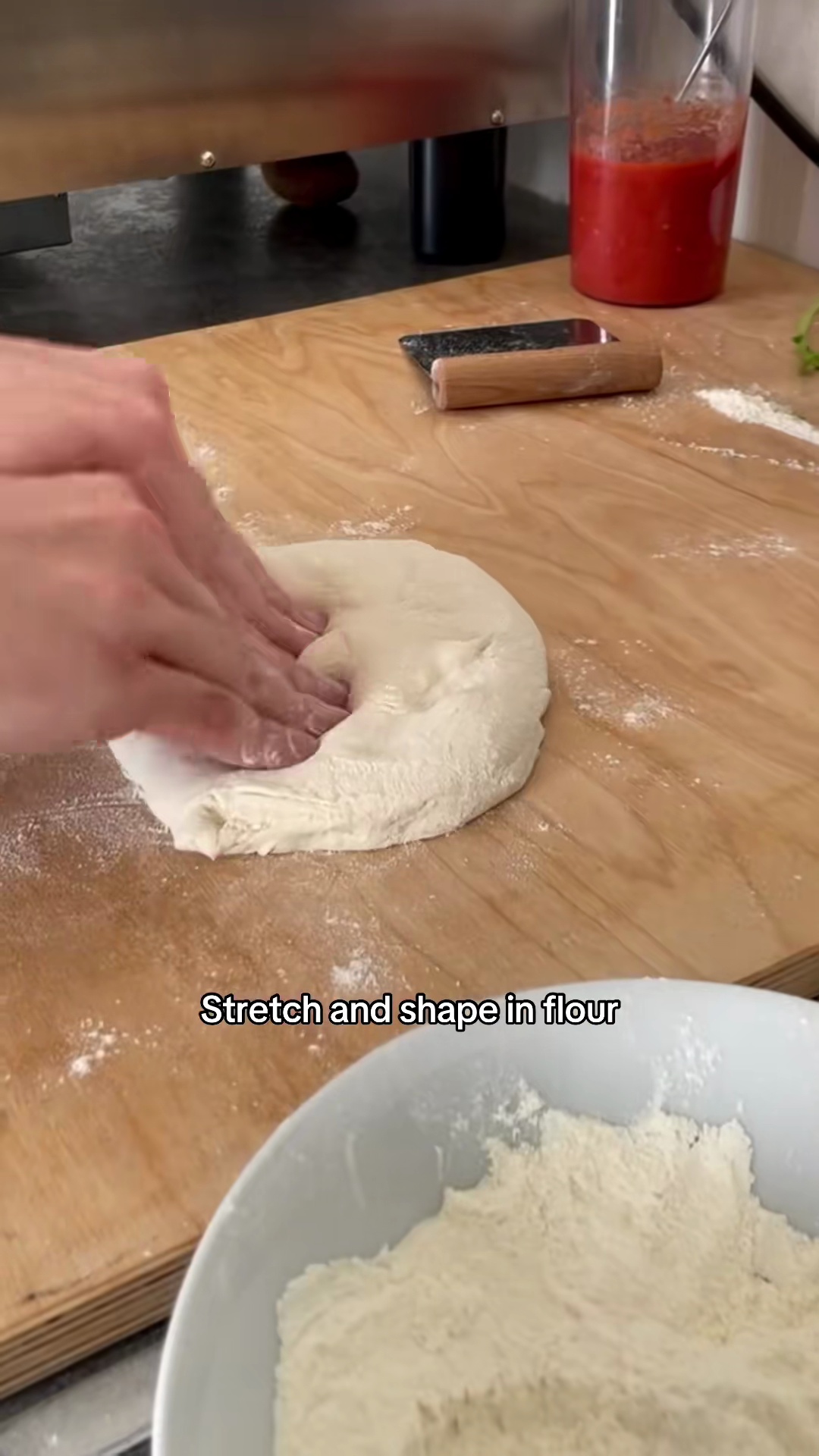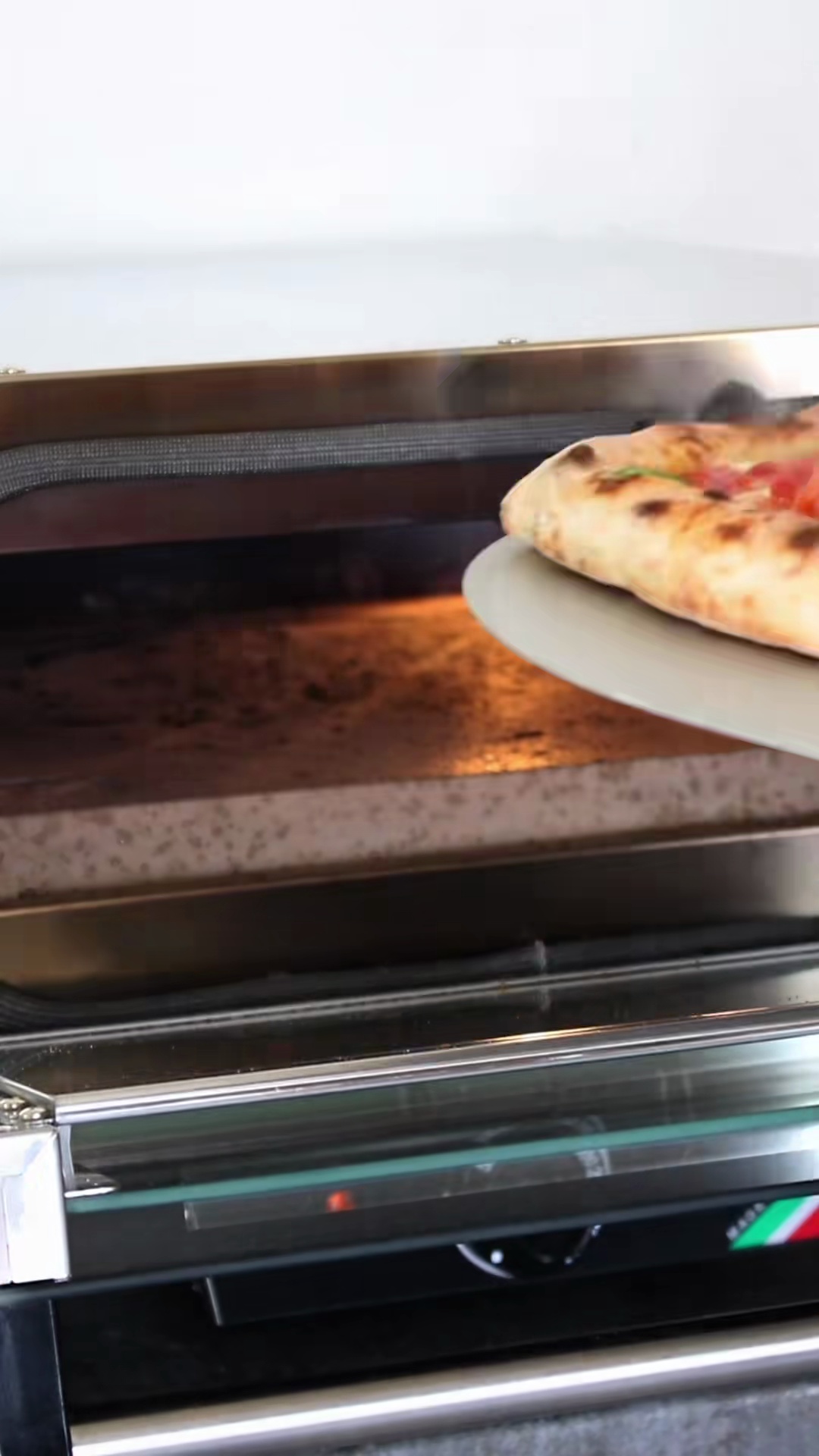Back to Italian Recipes
Author:
kneaded_things
TikTok
396K
14K
Contemporary Neapolitan Style Pizza Dough
This recipe guides you through making a contemporary Neapolitan-style pizza dough, perfect for producing 6 individual pizzas. It simplifies the mixing and kneading process, followed by essential bulk fermentation and precise dough balling to achieve a light, airy, and flavorful crust, ready for your favorite toppings and a high-temperature bake.
#Pizza
#Dough
#Neapolitan
#Italian
#Baking
#Yeast
#Homemade
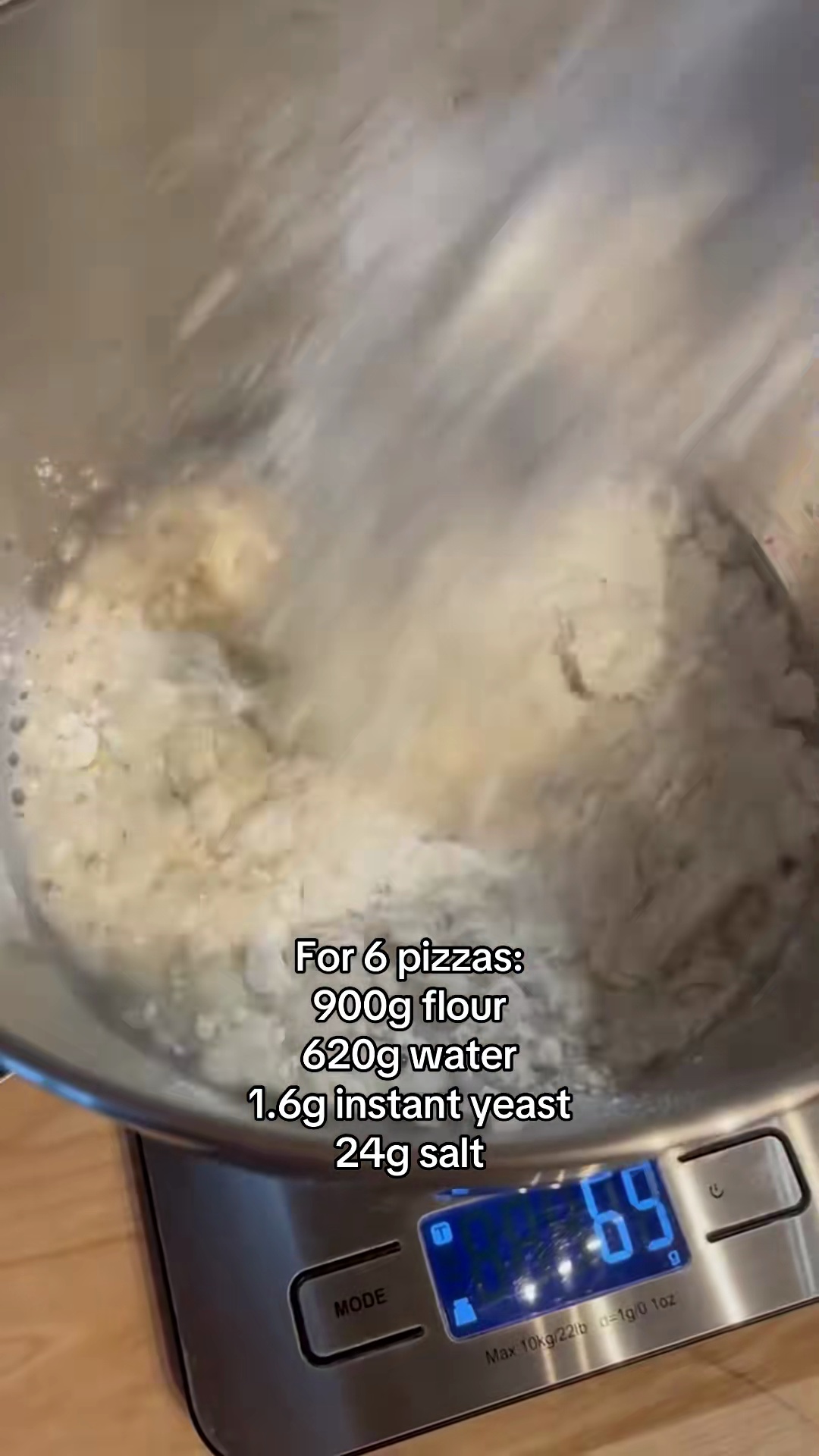
Initial mixing of ingredients
Recipe Information
20m
Prep Time
0m
Cook Time
13h 50m
Total Time
6
Servings
Medium
Italian
English
Nutrition (per serving)
540
Calories
17g
Protein
108g
Carbs
2g
Fat
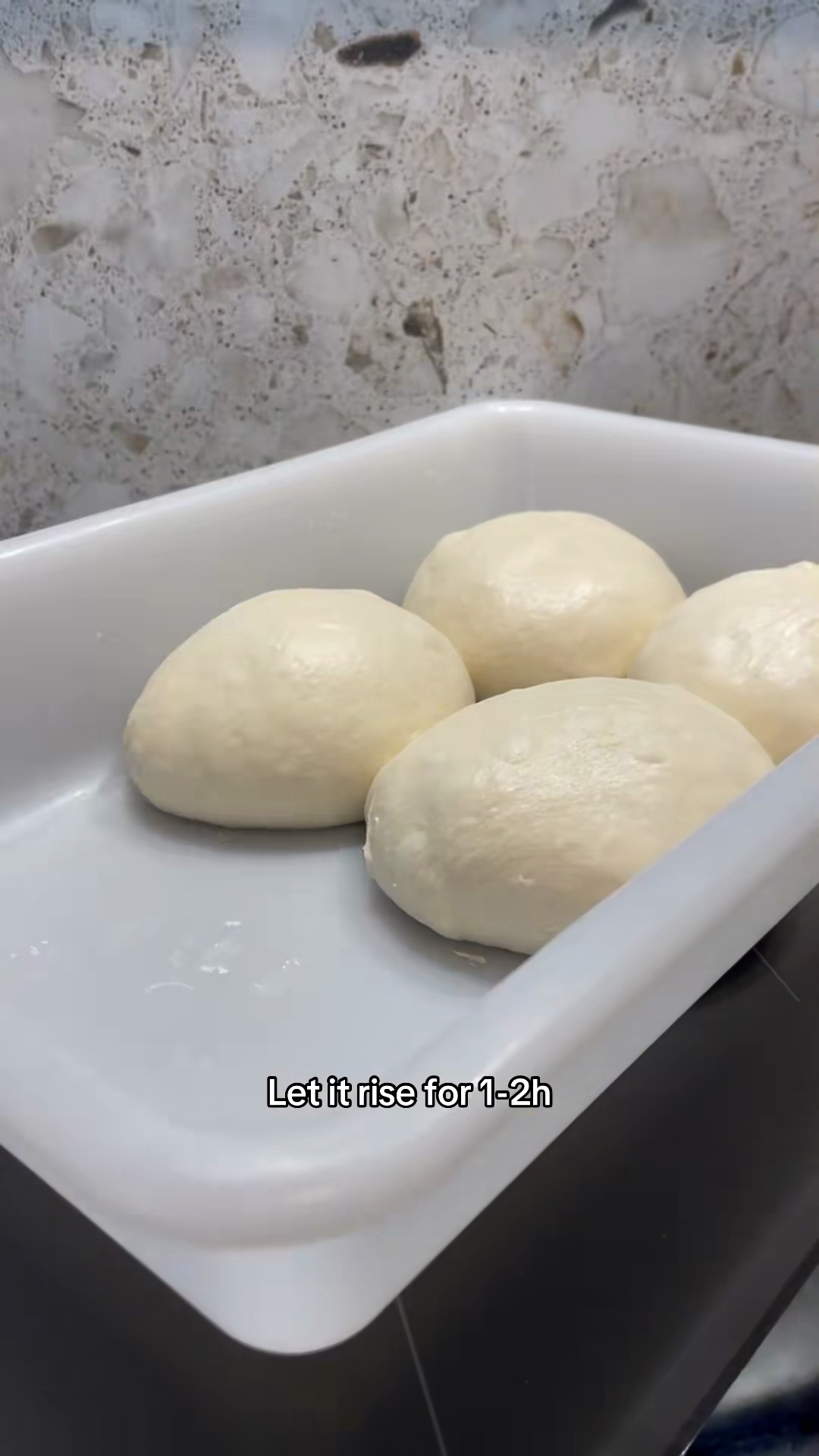
Dough after initial rest and kneading
Ingredients
Servings: 6
💡 Tip: Check off ingredients as you add them to keep track of your progress!
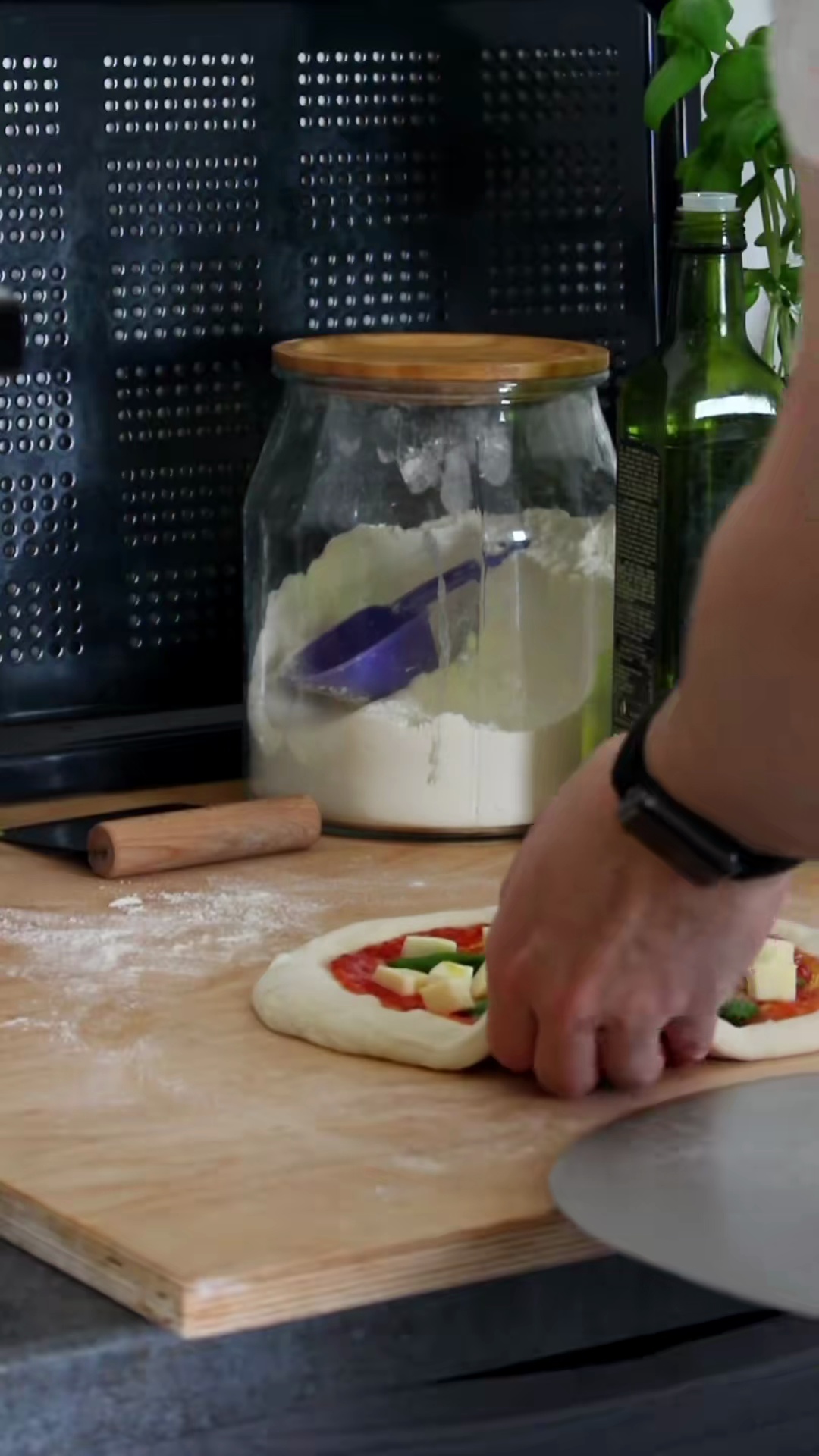
Dough being divided and balled
Instructions
0/7 completed
0%
💡 Tip: Click on any step to mark it as completed and track your cooking progress!


